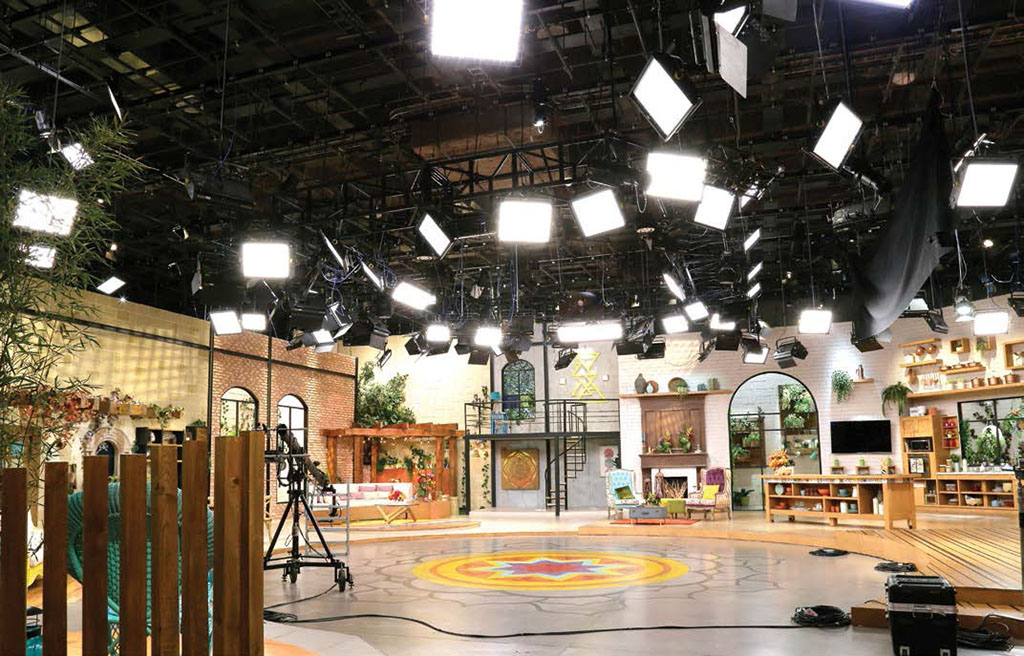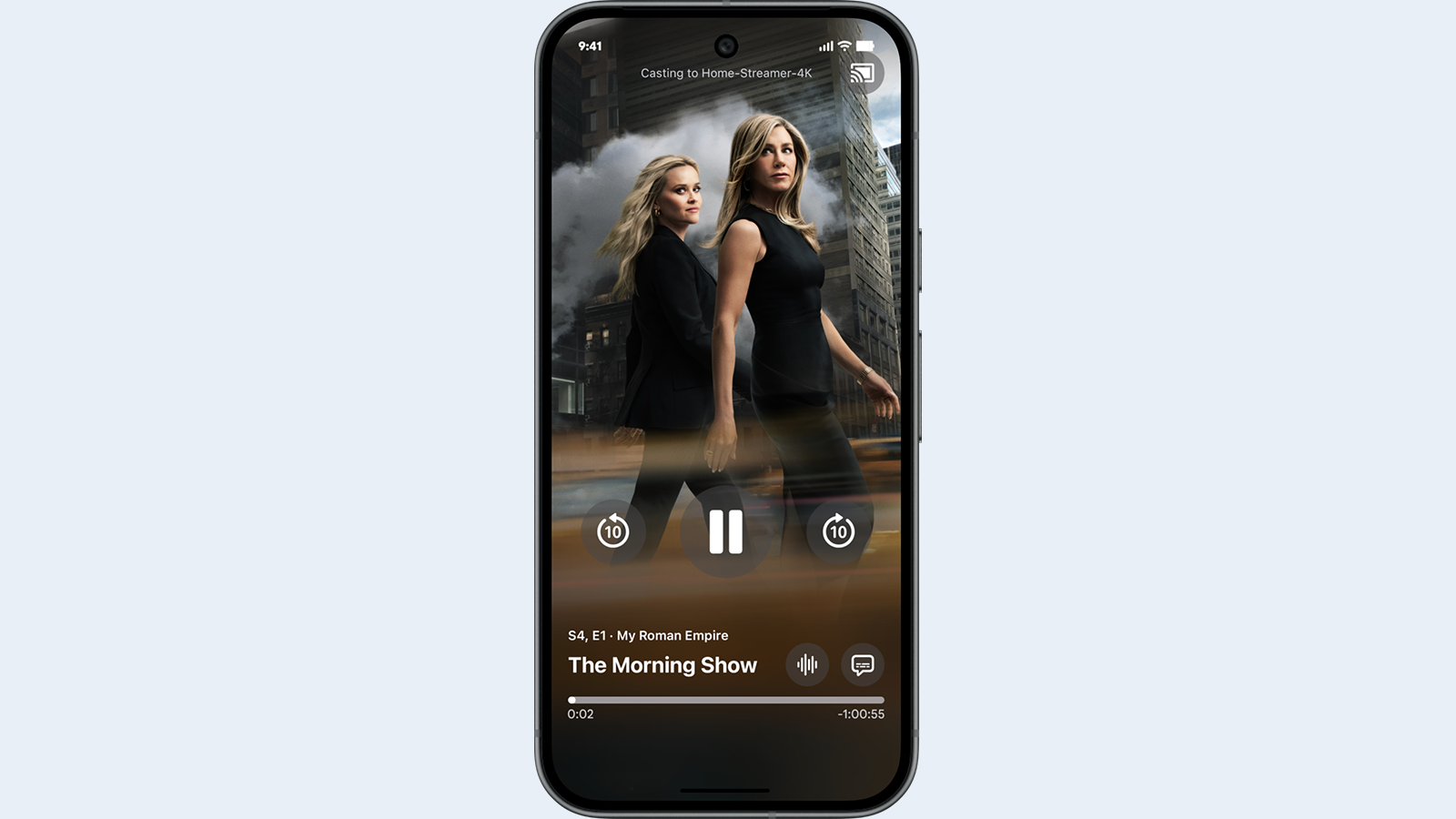Lighting Design for Today’s News Set
HOLLYWOOD—A news set is where the foundation is laid for all the stories reported to the public and serves as the stage for those reporting them. Because news reporters are the very people we hear from and connect with while consuming the headlines, it is important that they are presented in a flattering way.
News reporting in a studio is all about even, soft light—or least it has been traditionally. Part of the sophistication in lighting is the specific shape but despite the goal of news being about delivering dramatic stories, it doesn’t light that way for talking heads. Instead, the quality of light on people reporting in the studio is soft and the ratio is pretty even. We aren’t talking 1:1 here—you definitely want some shape and falloff—but we aren’t lighting for drama in the newsroom itself. The attention is on the material.
THE SOFT TOUCH
Every unit is up on a grid if you are in the studio for news. Each unit should be programmable from the ground as well, to allow easy control for things such as dimming, color balancing and striking. Sets are usually made up of LEDs but some still have fluorescent units lining their grids. Either way, you want to be using softboxes or soft panels. These are units that already have diffusion on them.

Depending on how much punch you have, you may be able to add a softbox on top of that to double-break the light for a really nice quality on the face. A great example that gives you punch and softness is the ARRI Skypanel. These or a variety of units from Litepanels, Rotolight, Fluotec and more, serve as great tools for broadcast. With these, you can avoid having to build a whole other rig comprised of separate shaping and softening tools in front of the light.
For a single reporter or a desk of two, ideally you have a single, soft key light that catches the eyes. If they face each other, you want to implement a technique referred to as “crosskeying.” This means that two key lights are up across from each talent and not only key one person but can also simultaneously backlight the other.
Extending from around the key light in both directions, are fill lights. Here is where you dial in how even or dramatic you want the face of the talent. Fill light will determine how much contrast and shadow detail you have.
The professional video industry's #1 source for news, trends and product and tech information. Sign up below.
You can also utilize several soft top lights that will bring up the ambience and serve as fill. In fact, it’s very popular and elegant to have large soft units directly above and it’s a great place to start. Having bigger sources will also help avoid specific reflections in glass tables and other set pieces. Instead, you can create large soft reflections that create nice highlights and hide sources.
Again, you don’t want to draw any attention to the lighting. As long as the talent looks great—and remember, perfectly even light is ugly—then you’re in a good place. Take away some fill light so they have some depth to them and throw in a backlight from up and behind to separate them from the background.
Lastly, you can also have background lights between the talent and background to light the backdrop behind the talent. This is optional and gives you control when it comes to bringing up exposure on particular set pieces. This is the place to implement a subtle use of color too. If you have some kind of LED wall or screen behind the talent, then that serves as its own set light and shouldn’t need any extra punch.
DETAILS MATTER
Having things like screens or practical LEDs incorporated into the set design can really add to the look of the studio. The studio should be thought of as the “home base” of a network and the details matter. When you have lights and screens in the set itself, it naturally adds highlights to the image. In a space where talent is lit very softly, this does wonders. However, it is important to ensure these don’t draw the viewers’ eyes and feel only slightly more intense than any key or backlight. You want to keep the attention on the talent at all times.
News broadcast has, with many other forms of television, evolved to a higher level of sophistication in terms of look. With soft, strategically placed units, this is easily achieved. It used to be a world of hard, super even light, which we connect to older times in television. Now we have the ability to go very soft while still shaping and controlling our shadows and highlights. Not only that, but we’re able to do so with fewer tools because of how quickly our lighting technology has advanced over time.
Julia Swain is a cinematographer based in California.
